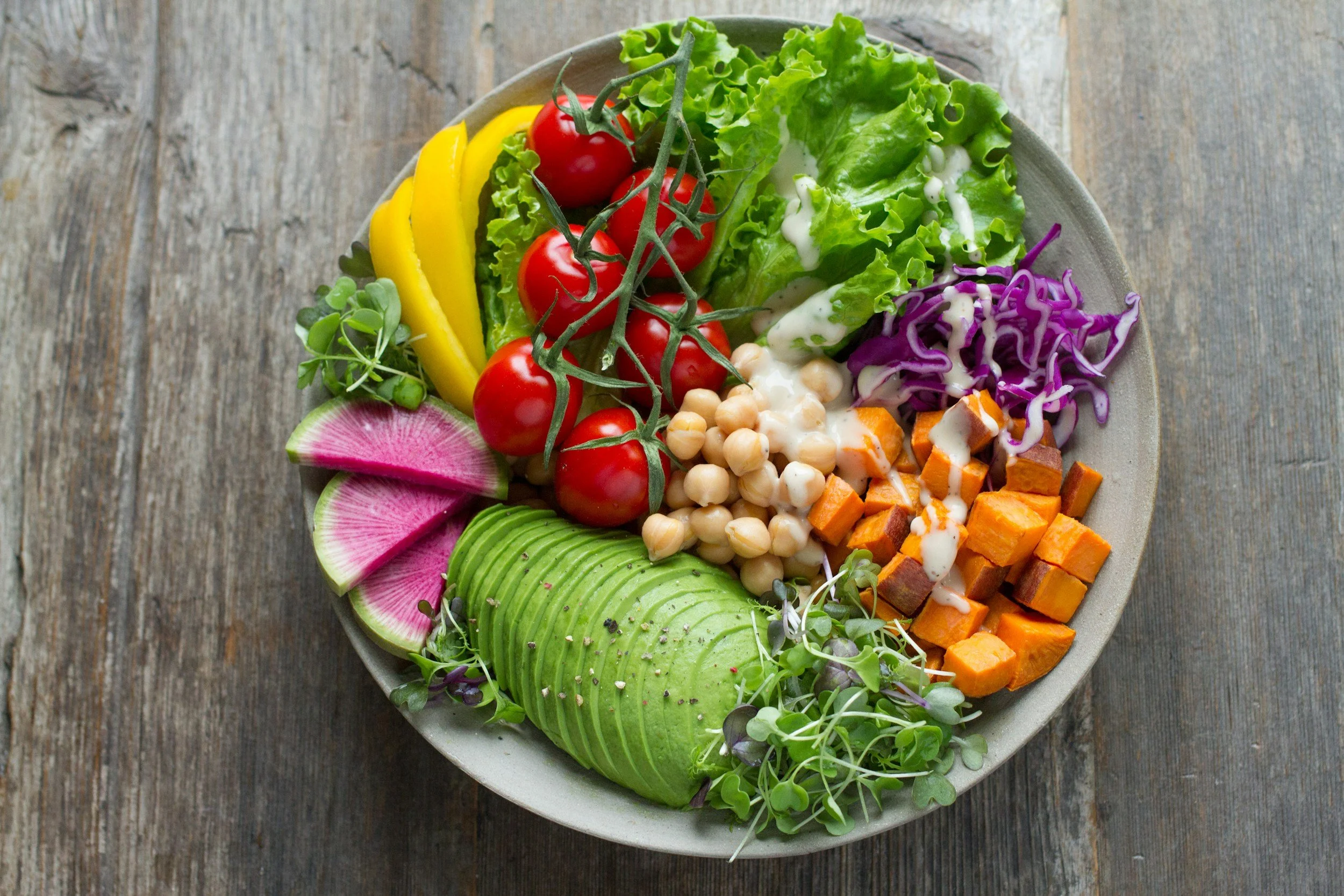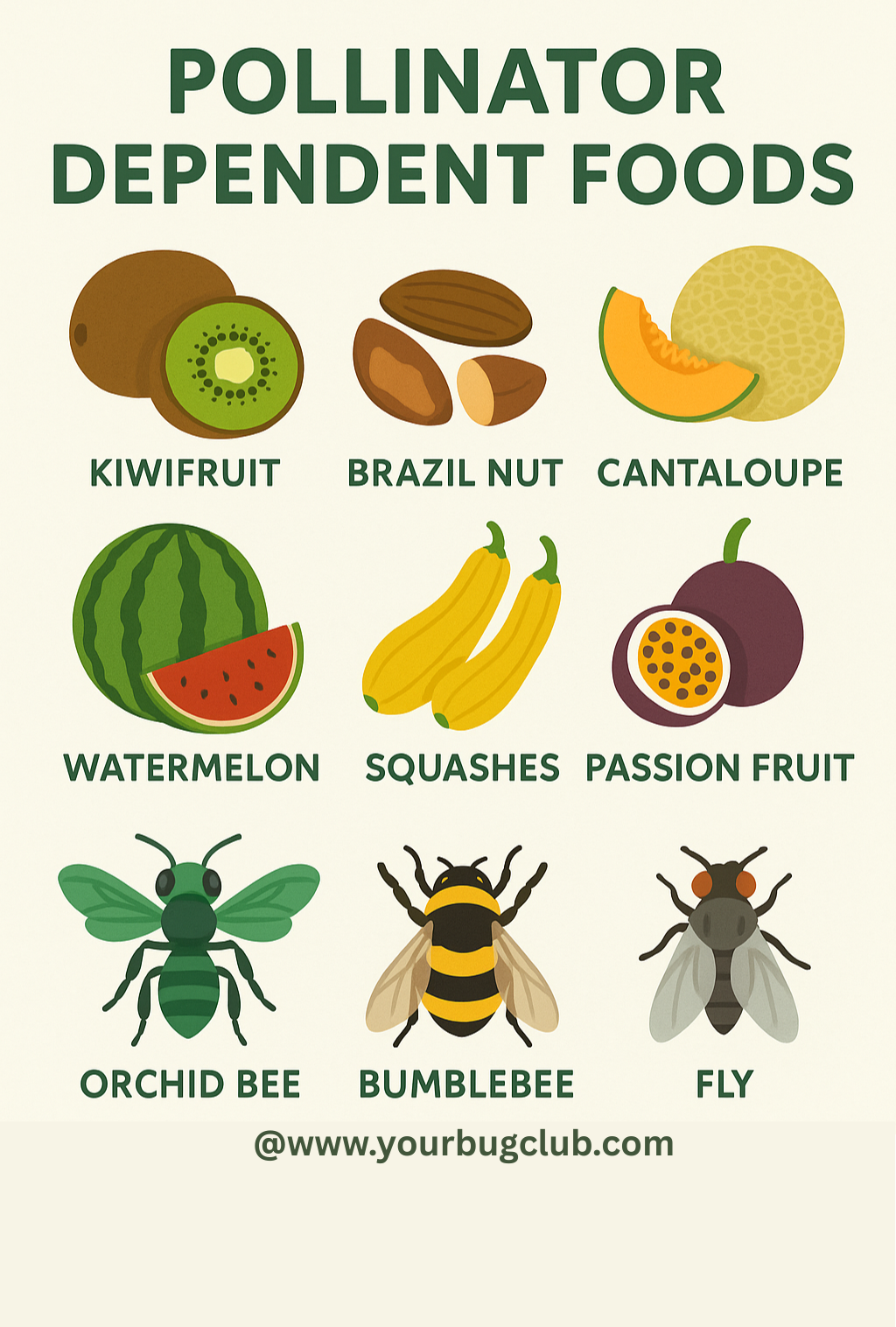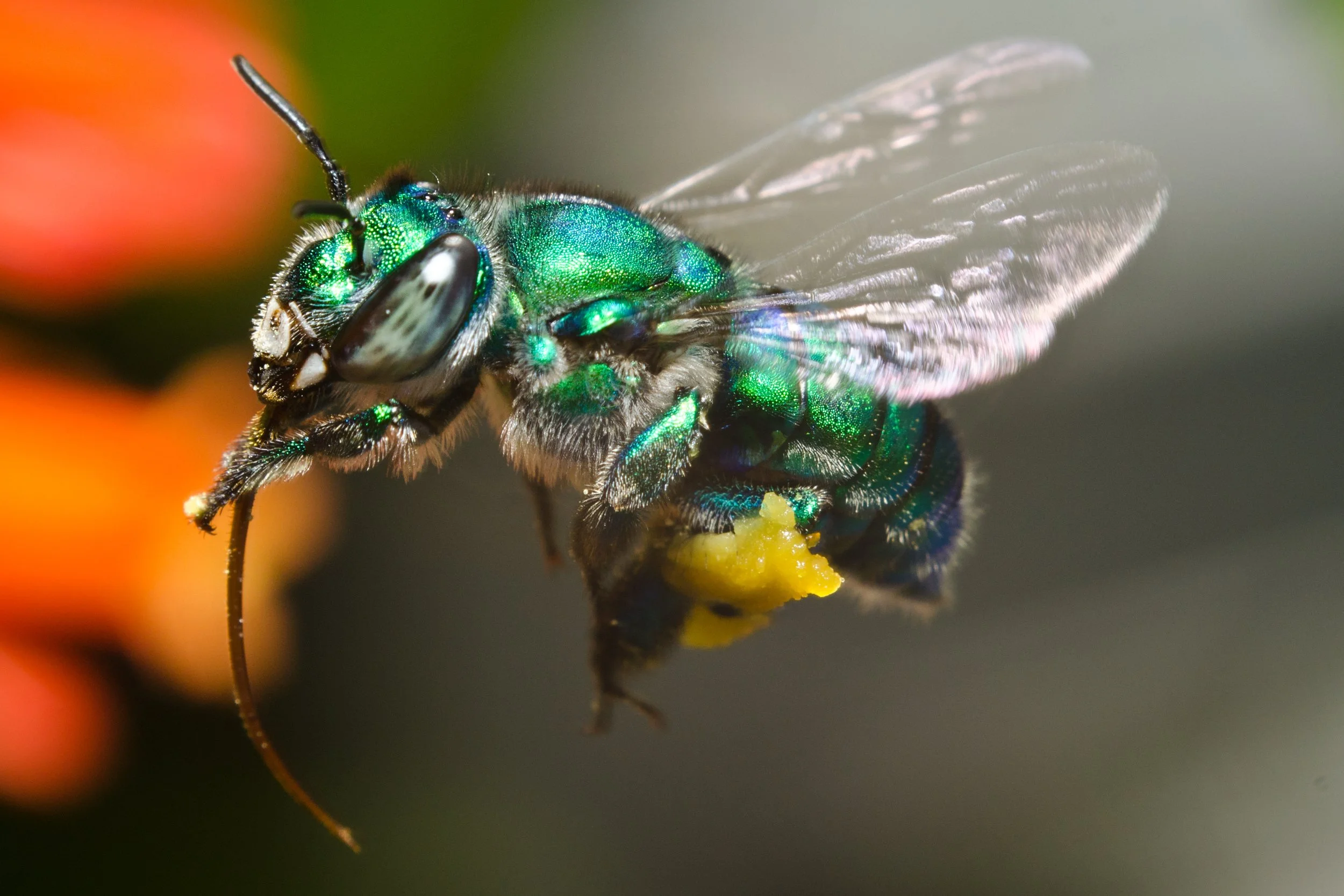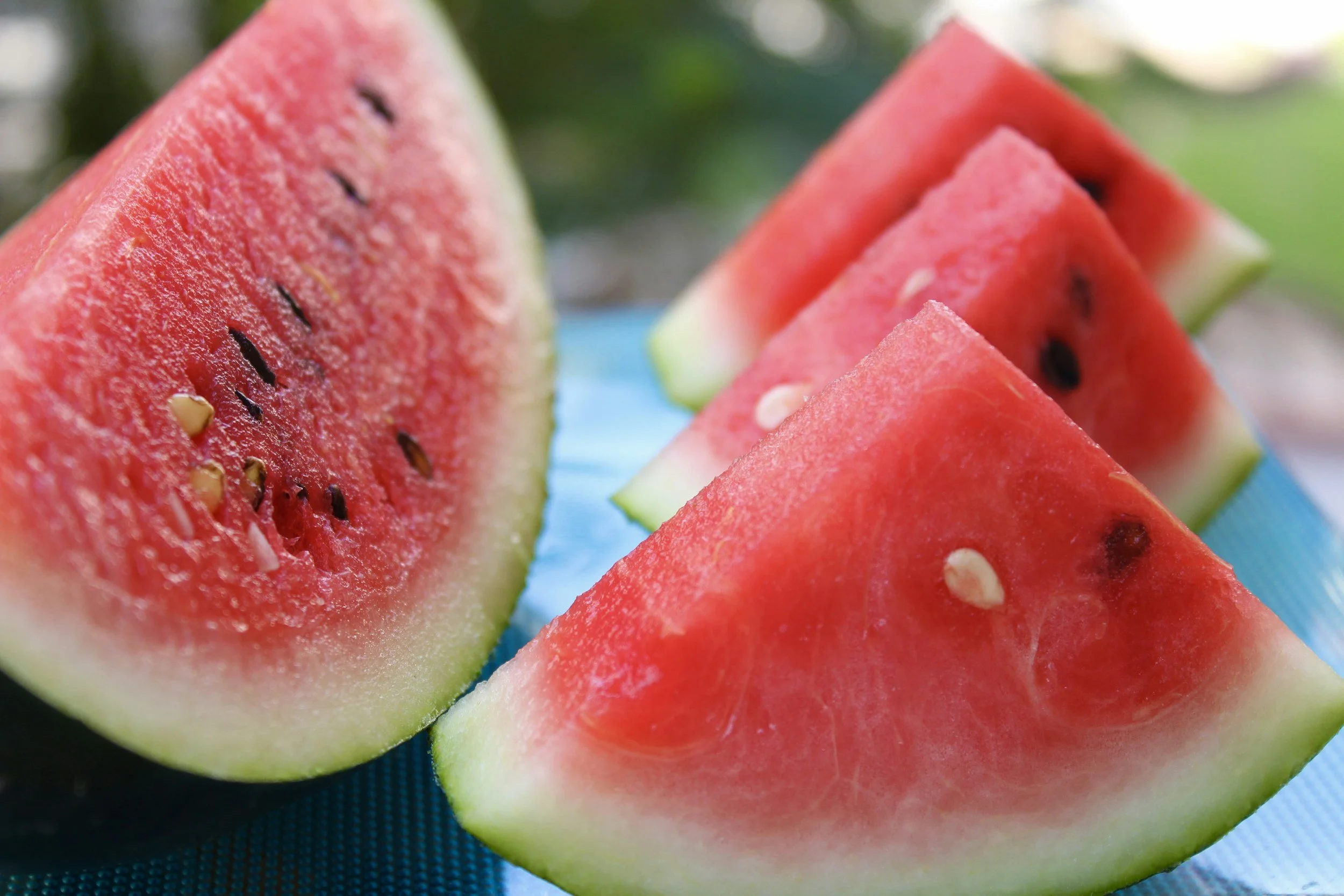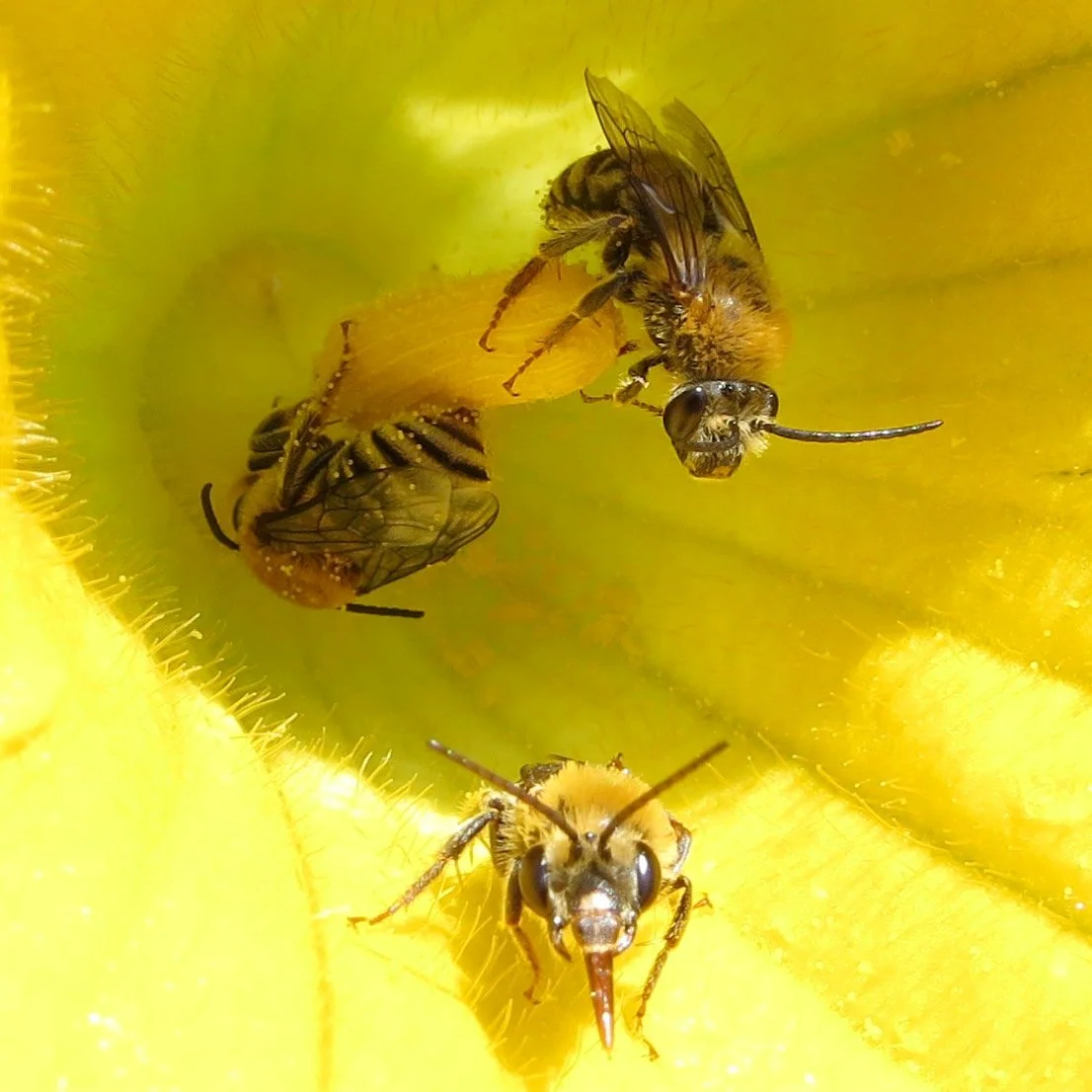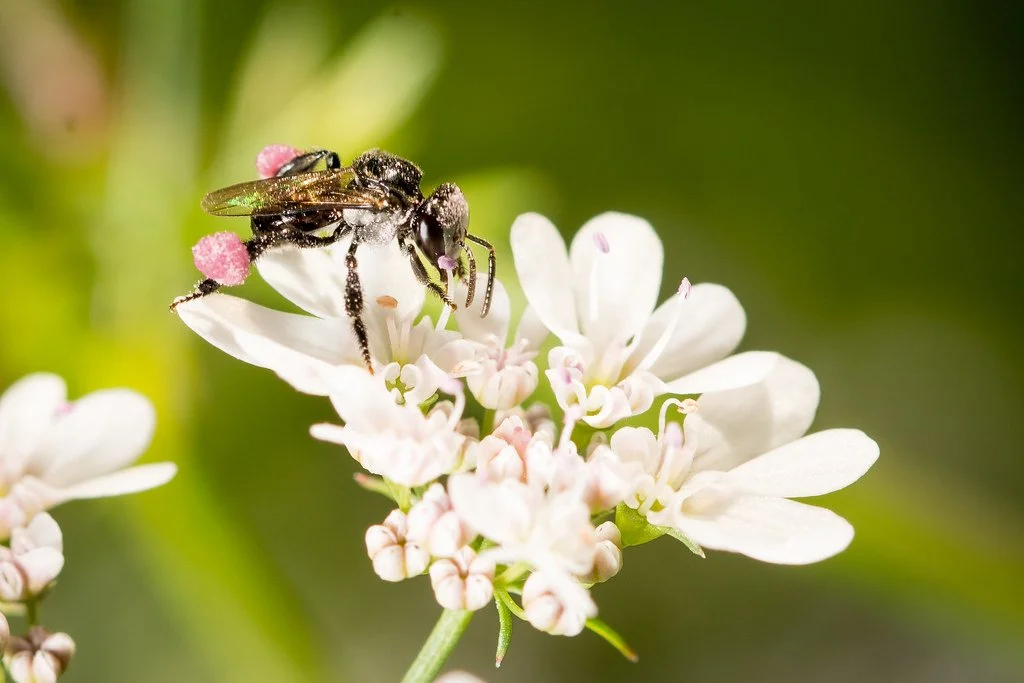20 Foods You Couldn’t Eat Without Pollinators
Approximately three-fourths of all flowering plants and about 35% of global food crops rely on animal pollinators to reproduce, and a staggering 75% benefit from it.
This profound ecological dependency translates directly into human sustenance, with some scientific estimates suggesting that one out of every three bites of food consumed exists because of the work of animal pollinators, including a diverse array of bees, butterflies, moths, beetles, and other insects. The annual economic value of insect pollination services to worldwide food production is estimated to range between $235 billion and $577 billion.
Below are some of the foods that depend the most on insect pollinators.
Kiwifruit
Kiwifruit plants are either male or female, meaning you need both to get fruit. Male plants produce pollen, while female plants have ovaries that need to be pollinated to develop fruit.
Kiwifruit pollination can be challenging due to the lack of nectar, which can reduce bee visitation. Globally most kiwis are pollinated by honeybees. But other natural pollinators such as native bees and flies are as efficient as honey bees, and are promising alternative pollinator. Common bees that pollinate kiwis are plasterer bees and bumblebees. Common flies that pollinate kiwis are the metallic blue hoverfly and drone flies. .
Brazil Nut
Brazil Nuts represent a unique and extreme case of dependency, relying almost entirely on a single insect species: the large, strong female orchid bee. These bees possess a very long tongue, enabling them to access the nectar within the Brazil nut tree's tightly coiled flowers, which are otherwise inaccessible to smaller insects. Only Euglossini and larger Carpenter bees Xylocopa species can access the flowers as a robust body is needed to force entry into the tightly lipped flowers.
The females of these bees pollinate a variety of tropical plants as they collect pollen to feed their offspring. The males pollinate Orchid flowers which they visit to collect scented secretions they use to attract the females hence the common name Orchid Bees. The orchid bee's life cycle is, in turn, linked to a specific orchid species found only in wild rainforests, meaning Brazil nuts can only be sustainably harvested from pristine, undisturbed rainforest ecosystems.
Watermelon
Watermelons rely almost exclusively on bees for pollination, including managed honey bees, native squash bees, bumblebees, and various mining bees. Watermelon plants produce unisexual flowers, requiring pollen transfer from male to female flowers. Several studies have shown that isolation of melon and honeydew plants from pollinating insect’s results in little to no pollination of flowers, which results in little or no crop at all.
Bees are essential not only for carrying pollen but also for providing the specific vibrations necessary to release pollen from the anthers. Approximately 8 bee visits are needed for seeded watermelons, whereas 16 to 24 visits are needed for triploid seedless watermelons. The time of bee visits is quite short, as flowers only open a couple of hours after sunrise (between 6 to 10:00 am) and usually close in the afternoon.
Watermelon do not self-pollinate, not even seedless varieties. To ensure pollination, a bee must transfer large, sticky pollen grains from male to female flowers. Female flowers are open for six to seven hours on one day only and during this time they must receive 500 to 1000 pollen grains to produce a marketable melon.
Cantaloupe
Cantaloupes thrive through insect-mediated pollination, with bees and beetles being the predominant pollinators, drawn by their vibrant flowers and enticing scents.Cantaloupe is self-fertile, but the hermaphrodite flowers cannot self-pollinate so a biotic pollen vector is necessary to move pollen from staminate flowers to hermaphrodite stigmas.
Squashes
Squash bee
Squashes are highly dependent on insect pollinators. While honeybees are commonly used for commercial squash pollination, native "squash bees" (Peponapis and Xenoglossa genera) are often the dominant and highly effective pollinators in both wild and cultivated Cucurbita species.
These specialist bees begin foraging early in the morning, even before honeybees become active. Most cucurbit crops have unisexual flowers and cannot be pollinated by wind or self-pollination, making insects vital for fruit set. Bumble bees and squash bees are considered the most effective pollinators for these crops.
Macadamia Nut
Stingless bee
Macadamia Nuts primarily rely on honeybees and native Trigona (stingless) bees for pollination. Cross-pollination is crucial for achieving high yields, and research indicates that bees are substantially more effective than wind pollination for this crop. Low numbers of insect pollinators in macadamia orchards will limit cross pollination and will likely result in sub-optimal yields.
Improved cross pollination can increase tree nut set by more than 50 percent. Individual stingless bees are more efficient pollinators than nectar collecting honey bees, but their contribution to pollination in orchards is often limited by the numbers of foraging bees and where the hives are placed. Preserving local native plants in which stingless bees nest can boost the amount of pollination you can get for free.
Passion Fruit
For Passion Fruit, honey bees and carpenter bees (Xylocopa sonorina) are the primary pollinators, with carpenter bees being more efficient due to their foraging behavior and larger size. Yellow passionfruit varieties are largely self-incompatible, necessitating cross-pollination to set seeds and fruit. The heavy, sticky pollen makes wind pollination ineffective.
Chocolate
Chocolate comes from the fruit of the Cocoa plant. Cocoa plantations support a wide variety of bees but appear to be mostly pollinated by tiny midges. Crucially, tiny midges (Ceratopogonidae, specifically Forcipomyia and Euprojoannisia species), no bigger than pinheads, are the sole pollinators of the intricate cacao (chocolate) flowers.
These minuscule flies are uniquely capable of navigating the intricate and downward-facing structure of cacao flowers to facilitate pollination. Wild cacao flowers possess a rich array of aroma compounds (over 75) to attract these midges, a complexity often lacking in cultivated varieties, contributing to lower pollination rates in plantations.
Carrots, Fennel, Parsnip and Parsley
While the edible parts of these vegetables (roots or leaves) do not require pollination for human consumption, insect pollination is absolutely essential for the seed growers to produce viable seeds each year for subsequent planting. Without these seeds, future crops cannot be grown, highlighting the indirect but crucial role of pollination in the agricultural supply chain.
Carrots, Fennel, Parsnip and Parsley are pollinated by many small solitary bees such as such as mining bees, plasterer bees, yellow-faced bees, nomad bees, and base-banded furrow bees. Hoverflies and pollinating beetles also play a significant role in pollinating these vegetables. Larger pollinators like Honey Bees and Bumble bees are poor pollinators of these crops. The Carrot Mining Bee Andrena nitidiuscula is solely reliant on Carrot for pollen to feed its offspring.
Tomatoes and Potatoes
Members of the Solanum family include Tomato, Potatoes, Yoji berries and Aubergine. They are almost entirely reliant on Bumble Bees and a select number of solitary bees for pollination. These plants require sonic vibrations of a specific frequency to dislodge the pollen grains from their tubular shaped Anthers - called buzz pollination.
Throughout Europe millions of Buff Tailed Bumble Bee Bombus terrestris colonies are reared each year to supply poly tunnels and glass houses which grow these fruits. Elsewhere in the world other Bumble Bees are used including the Eastern Bumble Bee Bombus impatiens in North America.
Almonds
Almonds are pollinated by Honey bees, Bumble Bees and Osmia Bees such as Osmia cornuta. Almonds are the single biggest export of the state of California which grows over 810,000 acres of the crop in vast orchards in the Central Valley. Each year 81 Billion honey bees from 1.6 Million hives pollinate over 2.5 Trillion Almond blooms in what is the largest insect migration on the Planet.
Blue Berry and Cranberry
Blueberries and Cranberries (ericaceous fruits) are pollinated by a mix of honey bees, bumblebees, and solitary bees. Bumblebees are notably more efficient due to their ability to perform buzz pollination, but honey bees are extensively used due to their widespread availability for managed pollination. Other bees valuable as a pollinator of Blueberries include the solitary ‘Blue Berry Bee’ Habropda labriosa. Osmia ribifloris and Anthophora pilipes. The Rusty Patch Bumble Bee Bombus afinis and Megachile addenda are also of commercial importance in the production of Cranberry.
Each year thousands of hives are transported to farms growing these crops but the honey bee is an inefficient pollinator of these fruits. Honey bees, however, face specific challenges when pollinating these crops, including low nectar rewards, high pH pollen that is difficult to digest, and susceptibility to fungicides.
Currants
Currants are pollinated predominantly by Queen Bumble Bees since they flower very early in the season. They benefit significantly from cross-pollination, primarily by bumblebees, honeybees, and orchard bees (Osmia spp.). Bumblebees are particularly effective, especially in suboptimal weather conditions, due to their ability to fly at cooler temperatures than honeybees.
Pawpaw and Paypaya Fruit
Pawpaw (Asimina triloba) trees have a unique pollination mechanism, relying on carrion beetles and flies. Their reddish-brown, downward-facing flowers emit a faint scent reminiscent of rancid meat to attract these specific insect groups.
Although pawpaw flowers are "perfect" (contain both male and female parts), they are protogynous, meaning male and female parts mature at different times, necessitating cross-pollination between genetically distinct trees. Hawk moths are also important pollinators for pawpaw as well as papaya.

